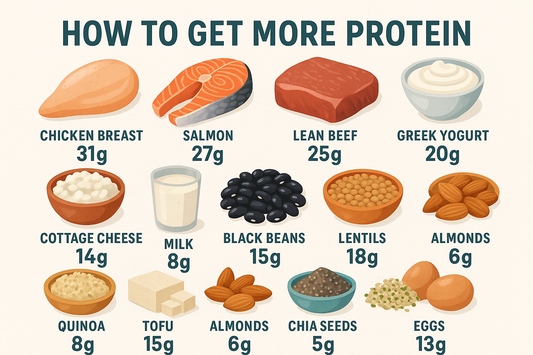Plyometrics training
Having good established plyometrics training can play a significant role in improving sprint performance. The stage of the plyometric training programming relates to the development of speed. Despite only focusing on one example of speed development.
Exercises like high knee action and height where emphasis is speed across the ground.
- The upper leg should be parallel with the ground, lower leg vertical and the foot dorsi flexed.
- The hamstrings, quadriceps, gastroc nemius and soleus all contribute heavily to such a movement.
- In relation to specificity this exercise aims to reduce ground contact time while providing a explosive maximum force
This form of training is an excellent supplement to your speed improvement program.
Plyometrics can greatly improve your strength and power levels, it will help increase total body control since all the exercises are completed by moving your own body weight. Athletes use the most technically advanced movements when exercise. A professional athlete will normally concentrate on doing the most complicated routine, thinking that advanced training will give them better results. How do they know if actually benefiting from these exercises ?
Learning from basic and complex movements will always reap the greatest rewards when training. Practicing your basic movements from start to finish is essential. For example if your a rugby player then having a great side step will be sure to improve your game.
Improving your side step
You need to practice a lateral hop exercise.
Single Leg Lateral Hops –
Standing on 1 leg, jump to the opposite side and stick the landing softly and absorb the impact, hold for 2 full seconds and then alternate to the other leg.
Plyometrics exercises requires so much power and coordination, there needs to always to be a progression structure like all other training routines workouts are based on overload and development.
The answer to speed increase is plyometrics and progressions, to increase you speed you need to target the correct training structure;
- What kind of progression should be followed?
- What exercises should you start with?
- How many do you do?
- How often?
- Are doing the exercises correctly
- Do they apply to you ?
Plyometric exercise for a long jump.
Box Jumps – Start with a 12 inch box.
jumping up, go through full extension, landing on the box quietly, absorbing the impact by bending the knees and landing in a semi-squat position. Repeat exercise downwards.
Plyometrics has been bridging the gap between speed and strength training through providing explosive strength, which ultimately characterises the purpose of plyometric training.
The development of explosive power translates to both the acceleration phase of the race and also the mid section of the race, the more efficient and controlled your movements are the more powerful you will become !











